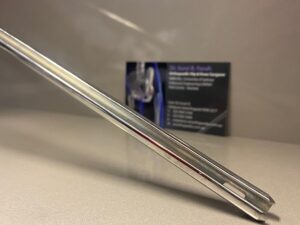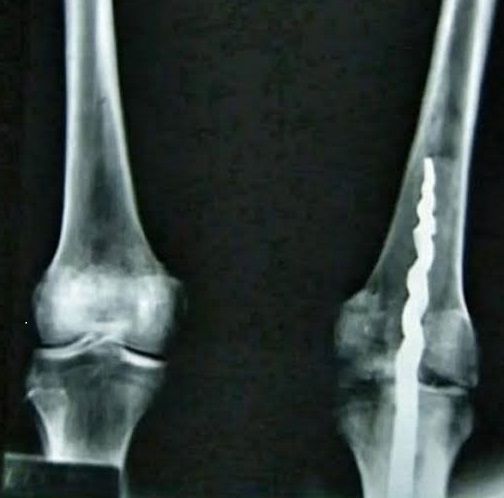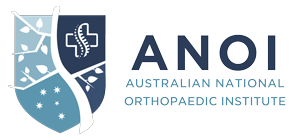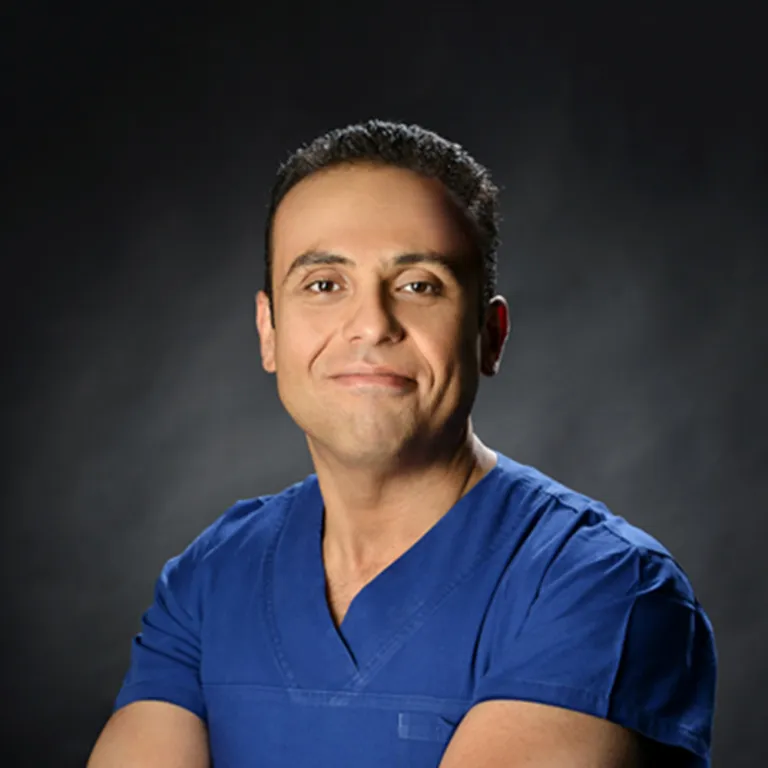By Dr. Sami Farah, Orthopaedic Surgeon, Specialist in Hip resurfacing and Anterior Minimally Invasive Hip Replacement Earlier this year, I had the pleasure of attending the Australian Open with my brother, where I met tennis great Jim Courier. Standing...
< ANOI Home
ANOI News
Swinging After Hip Replacement: Achieving Power Safely
Part Two of the “Getting Back on the Green” SeriesBy Dr. Sami Farah, Orthopaedic Surgeon, Specialist in Anterior Minimally Invasive Hip Replacement In Part One of this series, we explored recovery milestones and the timeline for returning to golf after hip...
Getting Back on the Green: Hip Surgery and Your Golf Game
By Dr. Sami Farah, Orthopaedic Surgeon, Specialist in Anterior Minimally Invasive Hip Replacement. Hip Surgery and Your Golf Game are no longer incompatible. Thanks to advancements in minimally invasive techniques, golfers can look forward to not just pain...
ANOI meetup – November 2024
The final meeting for the members of the Australian National Orthopaedic Institute (ANOI) was kindly sponsored by A.M. Orthopaedics and Future Surgical. Aside from the usual presentations by members of their difficult cases, audits and key performance indicator...
Solving hip pain problems with Hip Resurfacing Arthroplasty
Are you struggling with hip problems and searching for an effective solution? Hip Resurfacing Arthroplasty offers a cutting-edge approach to addressing hip issues and providing much-needed relief. This innovative procedure has gained popularity for its ability...
Australian National Orthopaedics Institute meeting November 2023
The Australian National Orthopaedic Institute (ANOI) had its final meeting for 2023. It was kindly sponsored by Future Surgical Pty Ltd and AM Orthopaedics. Aside from the rustic venue (the Lock Inn, Alexandria) and the great food, robust and lively discussions were...
Ancient Egyptian first-nations people and Orthopaedic history
Inspired by the Ramses-II exhibition currently at the Australian Museum, Sydney, A.M. Orthopaedics is proud to present its own little bit of history.
Did you know that the first known intramedullary nail was found in a mummy named Usermontu (from 1,500 BC)? It looks like Usermontu had avascular necrosis or septic arthritis of his left knee and needed the nail to prepare him for the after-life.

Usermontu’s nail was made of iron (our modern nails are made of Titanium). Also, around Usermontu’s nail, an organic resin was used to fill the dead-space in the femoral and tibial canals which stabilised the nail in place when the resin set (this would pre-date what we know to be, “first-generation,” bone-cementing technique).
Please note that A.M. Orthopaedics does not have the mummy of Usermontu, however, we have many other interesting historical orthopaedic artefacts such as this steel Kuntscher nail (1940) which Dr Sami Farah retrieved in an operation he performed on a World War II veteran over 15 years ago.
Gerhard Kuntscher’s intramedullary nail allowed German airmen with femoral fractures to return to service within weeks. His ground-breaking invention was only accepted in other countries when allied POW’s who had their fractures treated this way returned home after the war with their femoral nail still in place (like the patient that Dr Farah operated on).

Dr Sami Farah
MBBS, BSc(Appl.Math&Phys), MBiomedEng, FRACS (Ortho), FAOrthA
Dr Sami Farah is an experienced Hip and Knee Orthopaedic Surgeon consulting and operating across the Eastern Suburbs and Sutherland Shire of Sydney. He offers 25+ years of clinical and surgical experience at the highest level and is an expert in anterior minimally invasive hip replacement, hip resurfacing and patient-specific knee replacement.

